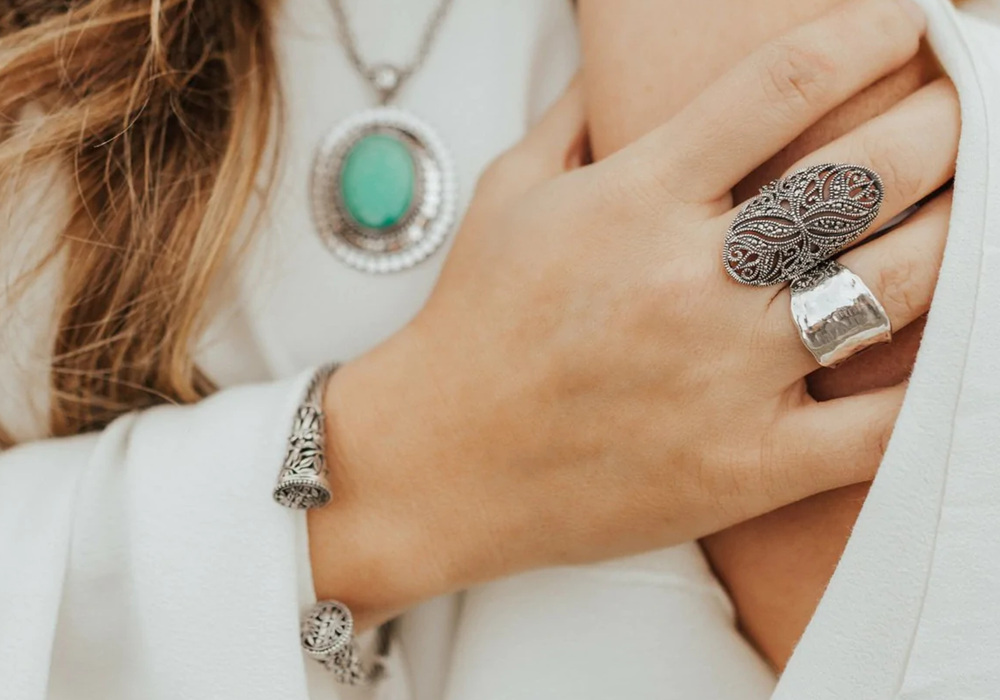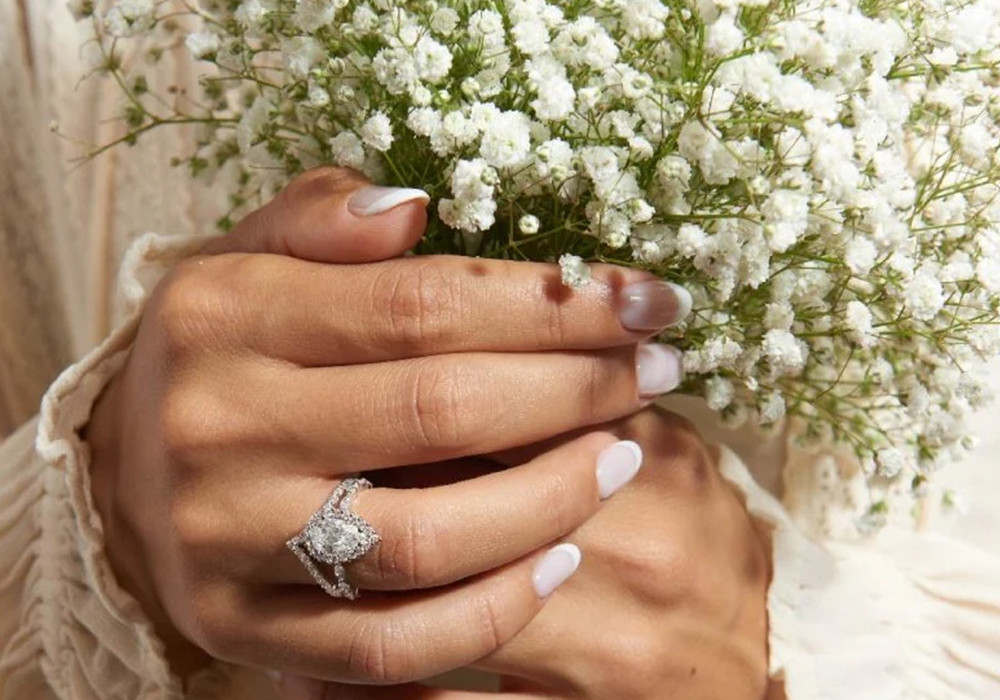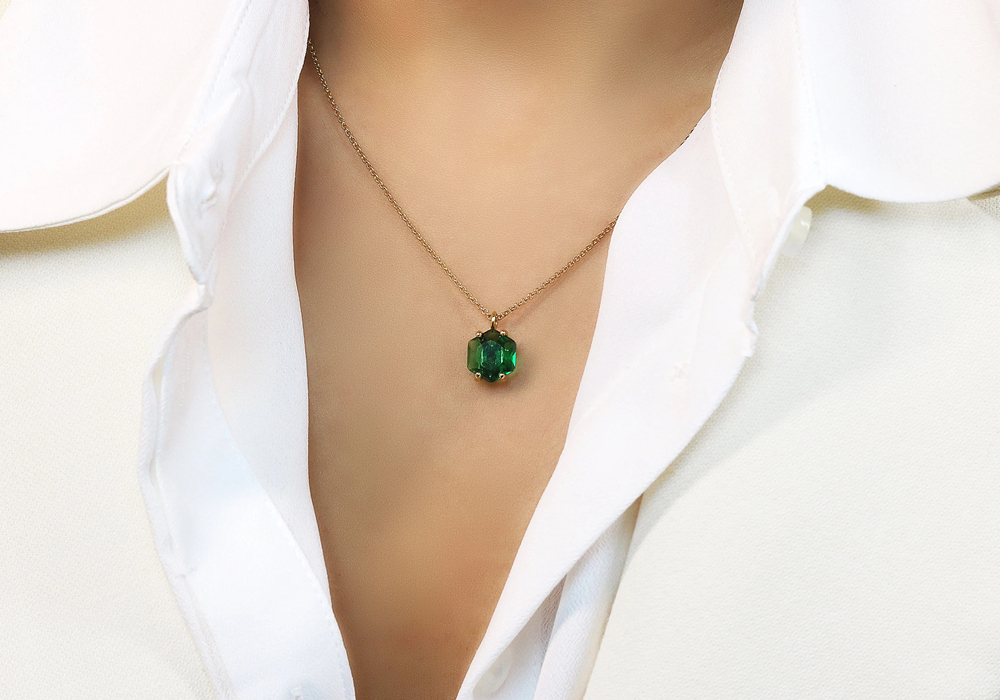Silver jewelry has always been one of the representatives of classical artworks. The ancient hand-made craftsmanship has been handed down to this day, and it is manifested in various silver jewelry, such as Thai silver, plain silver, etc. Let’s learn about the production methods of sterling silver jewelry.
1. Molten silver
The raw silver is usually in large pieces. First, the large pieces of silver must be smashed into crucibles and melted in a furnace. After the silver began to melt, a copper mold was cast from a crucible held in long-handled tongs.
2. Forging
Start forging into the desired shape of the center while it is hot. This step needs to be repeated many times because the desired shape cannot be formed once.
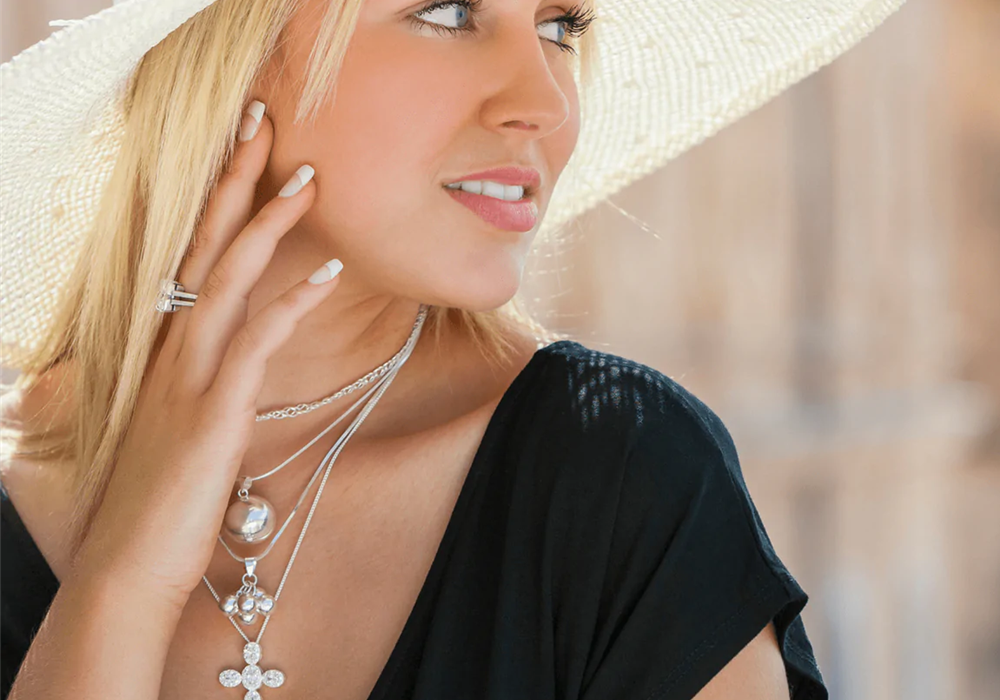
3. Cutting
Compared with the silver sheet under the designed silver decoration artwork, the silver material is slightly larger than the designed artwork, leaving a certain processing allowance.
4. Make lead support
The function of the lead bracket is to support and fix the silver pieces that need to be processed for further production. Put the roughly processed silver piece in the sandbox upside down, pour the melted lead into it, and it will be ready after cooling.
5. Finishing
This process includes hammer chisel, chisel engraving, engraving, filigree weaving, and other processes, and is the most critical step in the whole process. This process is also called “carving”.
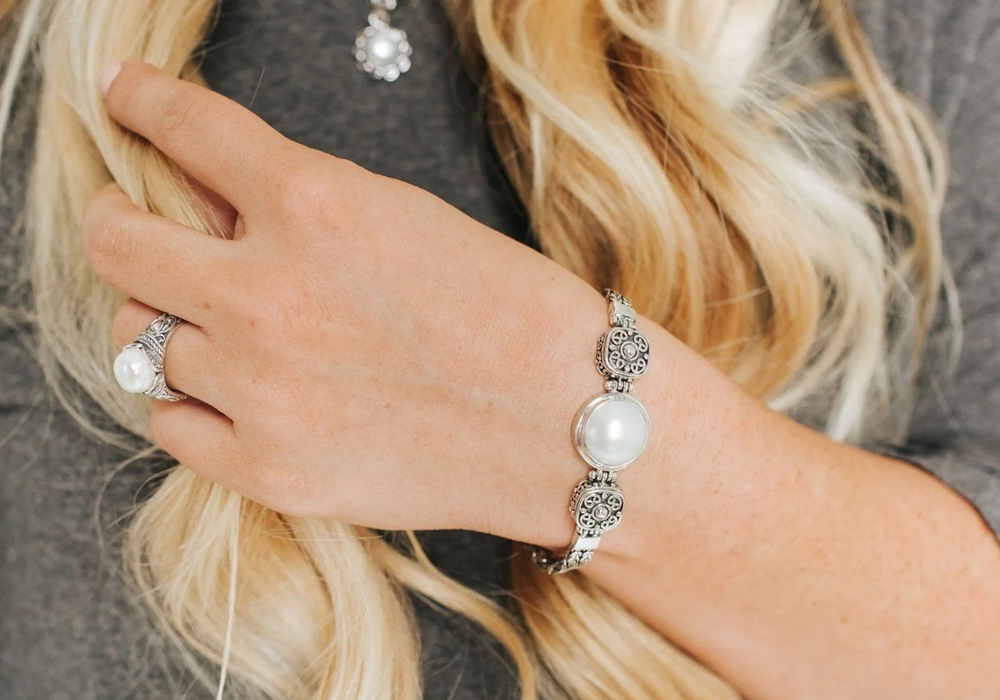
6. Welding
For silver ornaments that need to be welded, apply flux to the interface and weld them with a welding torch.
7. Silver washing
After repeated beating and roasting, the surface of the silver jewelry will turn black or be stained with impurities. Heat the silver jewelry with a high-temperature fire. Then put it into the acid solution, take it out and put it in clean water, and scrub it with a copper brush, and it will be white and bright.
